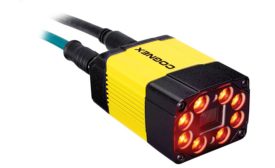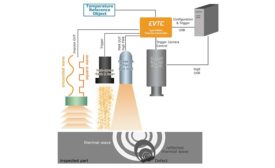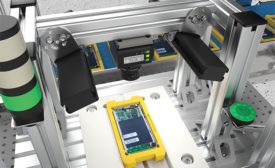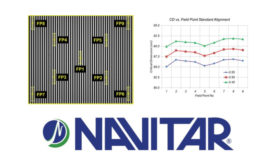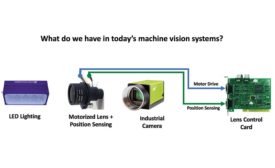Home » machine vision
Articles Tagged with ''machine vision''
Reliable detection of even the tiniest scratches.
Read More
Investing in Lighting Control
A number of factors come into play that can affect light intensity.
December 2, 2019
Trends in Machine Vision Sensors
Predictive maintenance, OPC unified architecture, and quantum dot technology are just some of the new buzzwords in this space, according to industry experts.
December 2, 2019
Thermal Imaging for Quality Control
A thermal imaging camera can make infrared light visible.
December 2, 2019
How to Choose a Vision Lighting Technique
5 common vision lighting techniques and 5 critical questions to ask.
September 1, 2019
Self-learning Intelligence for Object Recognition
More and more, advanced artificial intelligence technologies are being incorporated into machine vision systems.
July 1, 2019
Sponsored Content
Improvements in Machine Vision Accuracy with Lens-Sensor Active Alignment
July 1, 2019
The Future of Machine Vision Imaging Systems
Beginning with the AIS's camera link standard, the industrial camera portion of the imaging system was standardized.
July 1, 2019
How Machine Vision Cables Impact Machine Vision Performance
Choosing high quality cables is your best approach for long-term productivity and consistent imaging data.
July 1, 2019
Machine Vision Lens Performance
A number of factors are important in lens design, including lens resolution, spatial distortion, and uniformity of illumination.
May 1, 2019
Stay in the know with Quality’s comprehensive coverage of
the manufacturing and metrology industries.
eNewsletter | Website | eMagazine
JOIN TODAY!Copyright ©2024. All Rights Reserved BNP Media.
Design, CMS, Hosting & Web Development :: ePublishing


